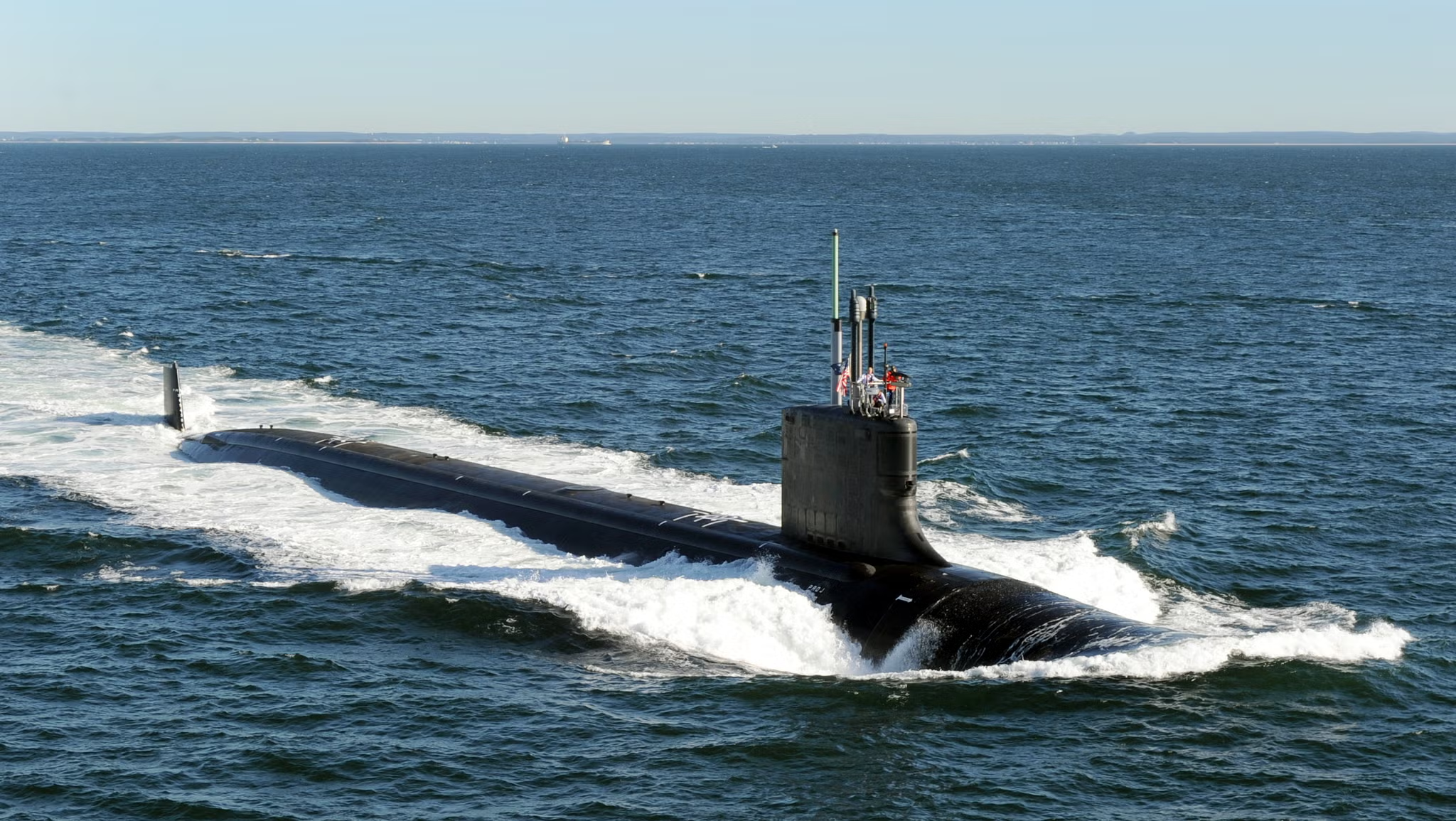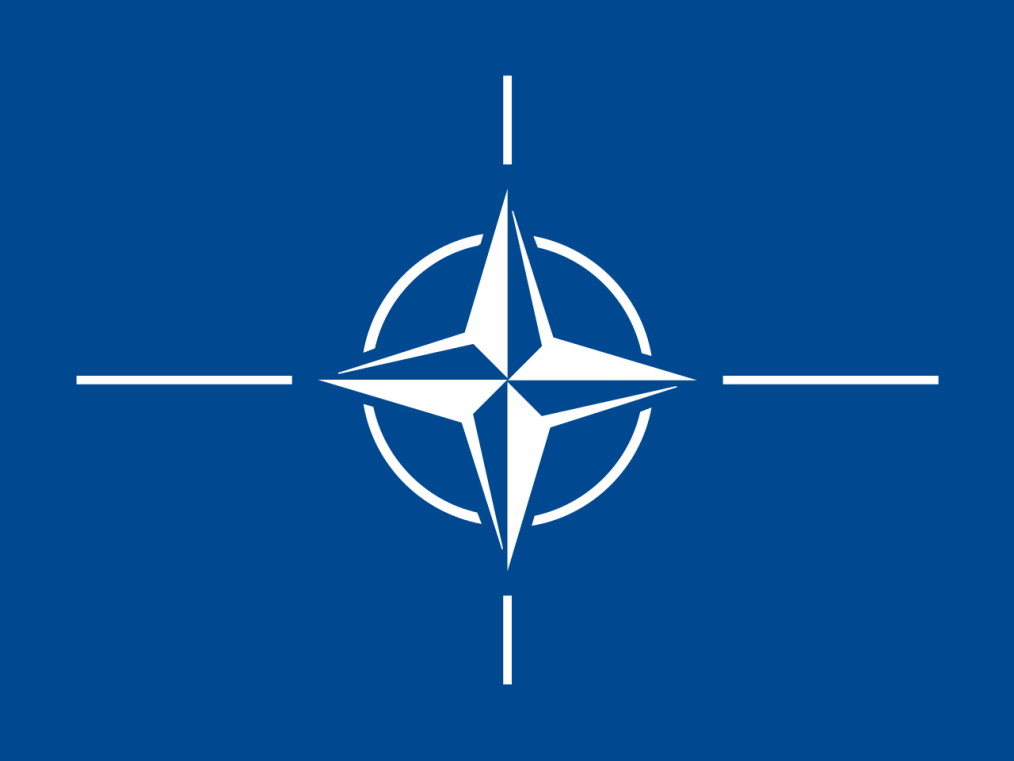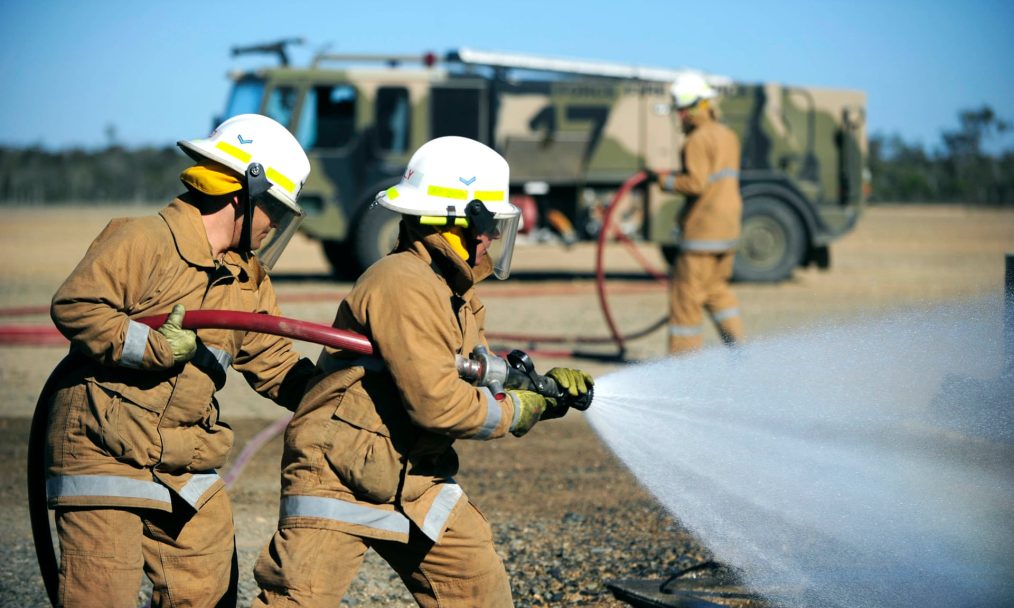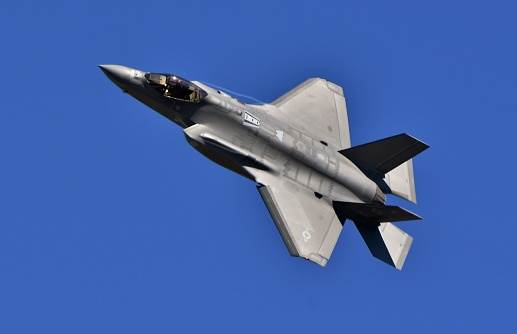eWise Blog
Earlier this month, the Australian government made its first payment of $500 million toward acquiring U.S. nuclear-powered submarines under the 2021 AUKUS agreement. Given the immense budgetary, organisational, and personnel hurdles involved, that payment should be Australia’s last. Instead, Canberra should adopt an AUKUS Plan B that prioritises emerging defence technologies, such as uncrewed systems and hypersonic weapons, to enhance security faster and at a lower cost.
Funding the nuclear submarine program poses a significant challenge. Australia’s defence budget is currently $35 billion USD and is projected to reach $63 billion by the end of the decade. With each Virginia-class submarine costing over $3 billion, their acquisition would consume a substantial portion of the budget, potentially at the expense of other vital defence priorities. A former senior officer has already warned that the program could “cannibalise” investments in surface warships and ground forces.
Beyond cost, Australia lacks the infrastructure and workforce to sustain a nuclear submarine program. The U.S. Naval Nuclear Propulsion Program employs over 8,000 personnel, whereas the Australian Submarine Agency has only 680. Establishing a sovereign nuclear capability would require thousands of additional highly skilled workers. The Royal Australian Navy (RAN) also faces recruitment and retention issues, making it difficult to crew a nuclear submarine fleet with the necessary 1,000-plus personnel.
Despite these obstacles, the AUKUS agreement can still succeed with a revised approach. Plan B would cancel Australia’s nuclear submarine purchases while strengthening deterrence through increased cooperation with U.S. and U.K. submarines operating from Australian ports. This initiative is already underway, with allied submarines regularly visiting HMAS Stirling near Perth and the establishment of a Submarine Rotational Force-West.
Instead of spending over $13 billion on Virginia-class submarines, Australia could extend the lifespan of its Collins-class fleet while accelerating investments in next-generation defence technologies under AUKUS Pillar Two. AI-driven uncrewed systems, autonomous undersea vehicles, and hypersonic weapons could offer effective alternatives to nuclear submarines at a fraction of the cost. These advancements would not only strengthen Australia’s defence but also support a growing domestic defence industry with export potential.
While nuclear submarines may remain an option in the long term, Australia must prioritise cost-effective and immediate solutions. Pursuing Plan B would ensure Australia maintains a strong deterrent, enhances alliance interoperability, and maximises its defence budget. This pragmatic shift should be central to future discussions with the U.S. and U.K.









